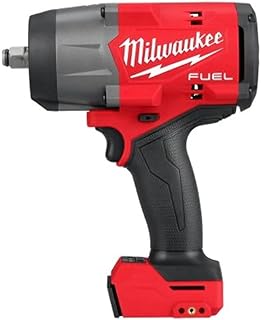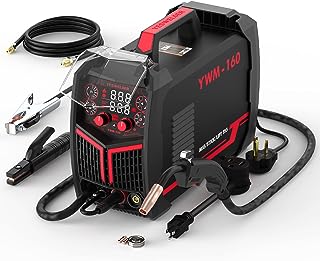5 important factors worth considering when looking for the best saw to cut mdf wood
When buying a saw for cutting MDF wood, it’s important to think about a few key things to get the best results. Factors like the blade type, motor power, and cutting precision can make a big difference in how well your woodworking projects turn out. Knowing how these factors work together can make your work easier and improve the performance of your saw, leading to better results and craftsmanship in your projects.
See our guide to the best saw to cut mdf wood.
Type of saw (circular saw, table saw, jigsaw, etc.)
When choosing a saw for cutting MDF wood, consider the specific needs of your project. Circular saws are great for straight cuts, while jigsaws are better for curved or detailed cuts. Table saws work well for precision on larger projects. Think about how detailed your cuts need to be and how easy the saw is to use.
Deciding between circular saws, table saws, and jigsaws for MDF wood depends on what you prefer and what the project requires. Each type of saw has its own strengths and weaknesses, so think about what you need and how skilled you are before picking one. Whether you care more about speed, accuracy, or versatility, choosing the right saw can improve your woodworking projects. Take the time to think about your priorities and try different saws to find the one that fits your needs and style the best.
Blade type and size
When cutting MDF wood, it’s important to choose the right blade for clean cuts. A high-quality carbide-tipped blade with many teeth is best to avoid rough edges. Blades made for cutting composite materials like MDF will give you more precise cuts and last longer. Make sure to match the blade size to the thickness of the MDF for better results.
Using the right size blade is important for the performance of your saw. A larger blade can cut thicker MDF more easily, while a smaller blade is better for intricate designs. It’s important to find a balance between the type of blade and its size to get the best results when working with MDF wood.
Power source (corded or cordless)
When choosing the best power source for cutting MDF wood, the decision between corded and cordless saws is important. Corded saws are known for their powerful and steady performance, making them a reliable choice for precise cuts on dense materials like MDF. With a continuous power supply, corded saws can maintain cutting capacity throughout the task without needing frequent battery changes or recharging breaks. They also prevent sudden power loss during a cut, improving productivity.
On the other hand, cordless saws offer great mobility and convenience for users who value flexibility and ease of movement during woodworking projects. While cordless saws may not have the same sustained power as corded ones, they provide freedom from cords and outlets, allowing for easy movement and access to different cutting angles. This portability makes cordless saws a popular choice for both hobbyists and professionals who need a versatile tool for various work environments.
Ultimately, choosing between corded and cordless saws for cutting MDF wood depends on the user’s priorities. They must consider the trade-off between power output and consistency on one hand, and mobility and convenience on the other, to decide which option best suits their woodworking needs.
Cutting capacity and accuracy
When deciding which saw to buy for cutting MDF wood, it’s important to focus on cutting ability and accuracy. While a saw with high cutting ability may be good for big projects, it’s also crucial to make sure the cuts are precise. The best saw should be able to cut efficiently while still being accurate.
Choosing a saw with adjustable settings and advanced features can really improve the cutting experience when working with MDF wood. These upgrades not only make cuts more accurate, but also make the saw more versatile for different projects. By investing in a saw that values both cutting ability and accuracy, woodworkers can confidently tackle projects with precision, leading to higher quality work.
Dust collection system
When shopping for a saw to cut MDF wood, it’s important to consider the dust collection system. While many focus on the saw’s power and precision, the dust collection system is often forgotten. However, not paying attention to this aspect can lead to health risks and a messy workspace in the long term. Choosing a saw with a good dust collection system can provide cleaner air to breathe and save time on cleaning up after work, allowing you to focus on your craft.
A quality dust collection system not only makes your workspace safer and cleaner but also helps your saw last longer by preventing dust buildup that can damage the machine. Additionally, a good dust collection system can reduce the risk of respiratory issues from breathing in MDF dust, which contains harmful chemicals and particles. Prioritizing a saw with an effective dust collection system when cutting MDF wood is a proactive step towards creating a healthier and more efficient woodworking environment for both you and your projects.
Conclusion
When deciding which saw to use for cutting MDF wood, it’s important to consider the material and the job you’re doing. A table saw is great for precise and fast cuts, while a jigsaw is better for detailed cuts. Each tool has its own advantages and disadvantages that can impact your woodworking project. By choosing the right saw for your specific project needs, you can have a smooth and successful woodworking experience that brings your creative ideas to reality. Want more info on calf stretcher, check the best calf stretcher.

